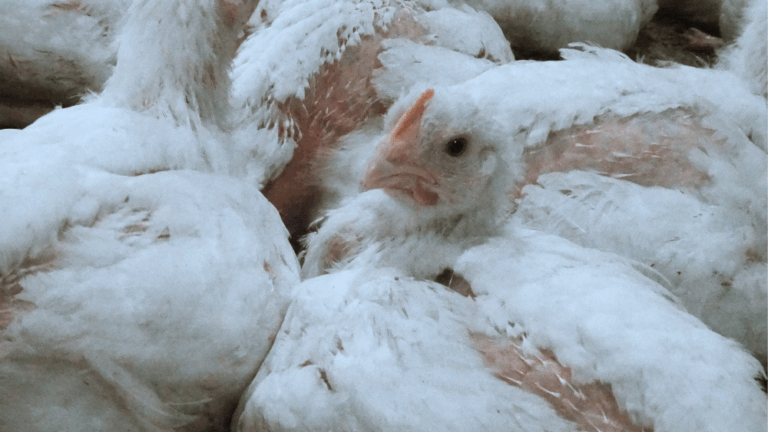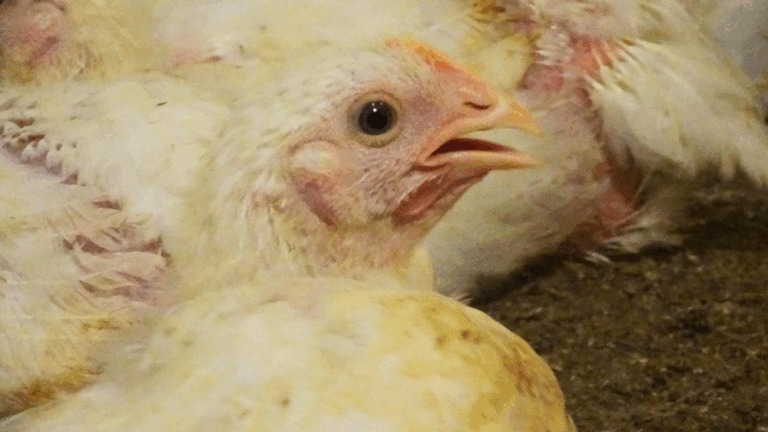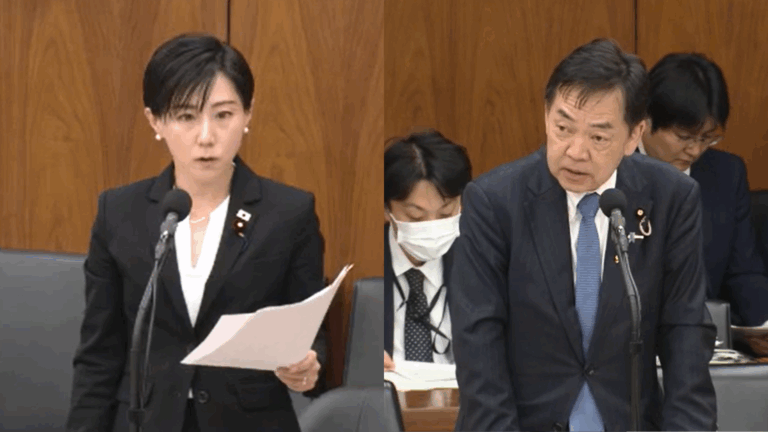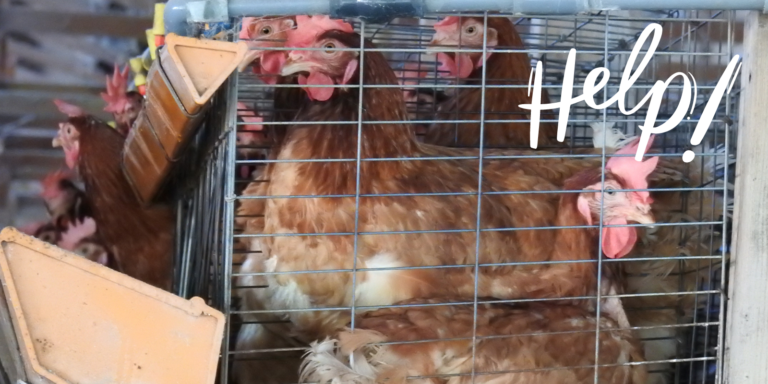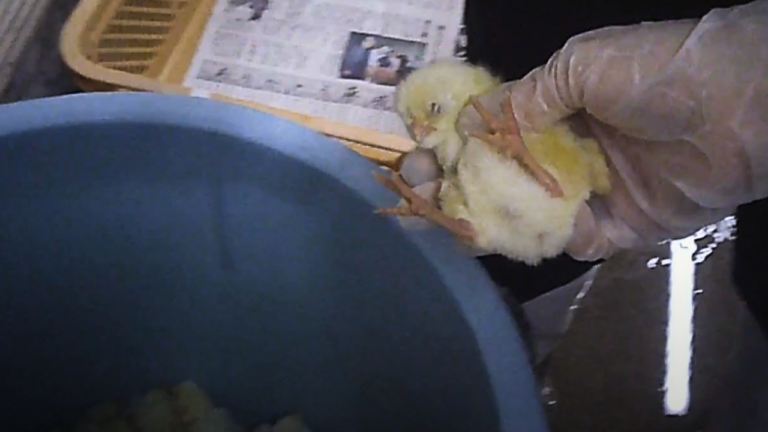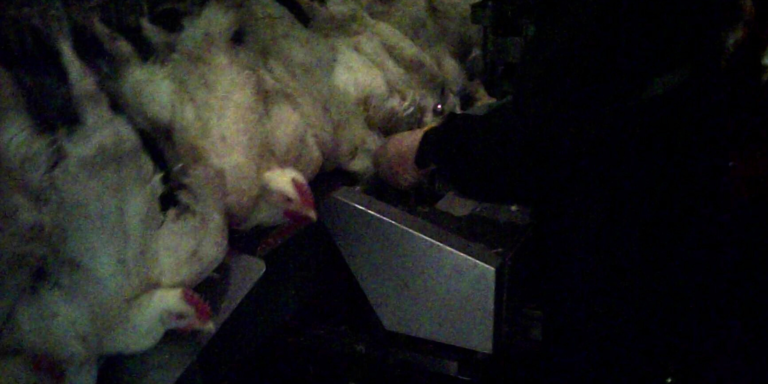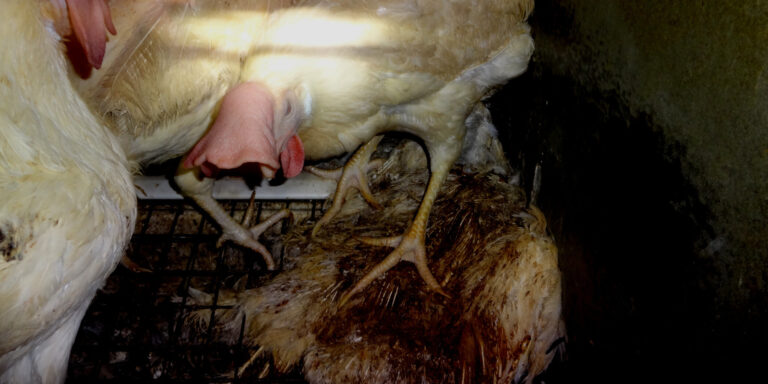As usual, the risk of Japanese chicken remains high.
According to a study by Professor Takamasa Sasaki of Obihiro University published in the Journal of Veterinary Medical Science in 2025, salmonella was detected in 86.4% of vacuum-packed chicken meat in Japan. A study published the previous year also found 85.2%.
This is a significantly higher contamination rate than the rates in other countries; let’s limit it to those from 2020 onward. (*These data are limited to chicken meat sold in supermarkets similar to the Japanese study, so they are limited to only a few countries. (*Some items marked as “retail” etc. were also added. (Year of publication in parentheses is the year of publication)
- U.S.A. : 8.6% ( 2022)
- China : 36.7% ( 2020), 53.3% ( 2021)
- Korea : 36% ( 2022), 17.5% ( 2023)
- Mexico : 27.2% ( fresh market : 9%) (2020)
- Brazilian retail market : 46.1% ( 2023)
- Thailand market : 36.2% ( 2020)
- Markets on the border between Thailand and Laos that were studied because they are high risk areas for infection : 56% (2021)
- Europe is omitted as it has remained below 10% in recent years (excluding imports from outside the region).
I hope you can see that 86% is an unusual number.
Some other Japanese studies have produced the following figures.
The percentage of drug-resistant Salmonella is also high, although many studies have looked at drug resistance as well as Salmonella contamination rates. Many studies have looked at drug resistance as well as contamination rates of Salmonella, and the percentage of drug-resistant Salmonella is also higher in western Japan.
Japan’s poultry industry is a high-density breeding industry that has no place in animal welfare. It also continues to threaten people’s safety.


